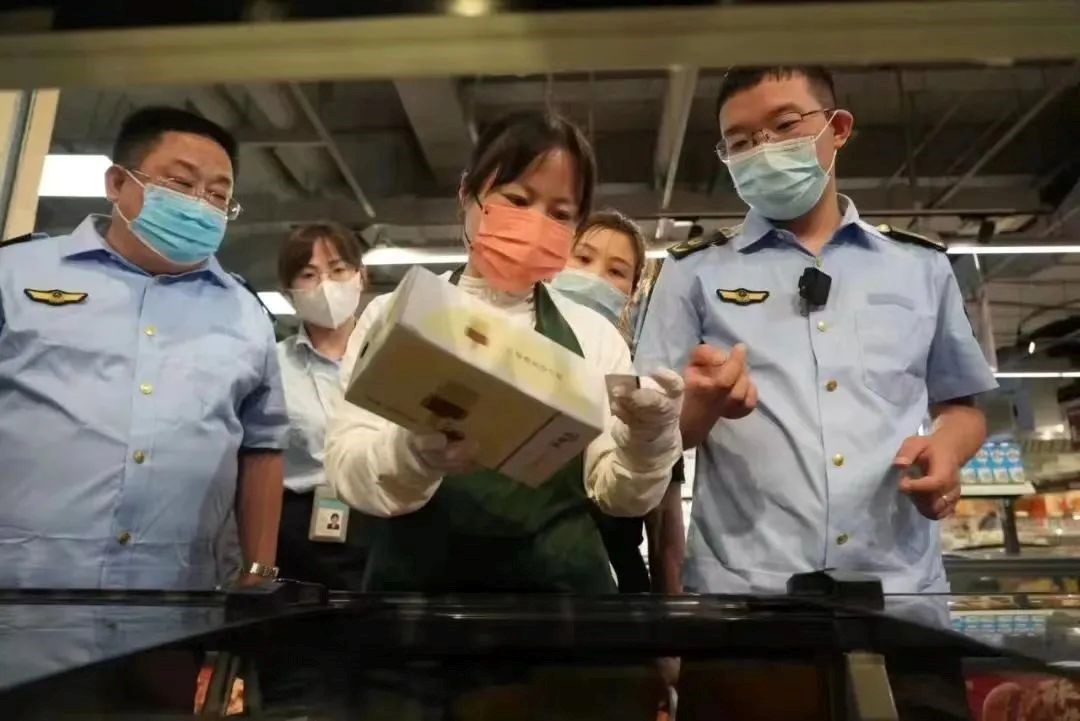中国消费者报合肥讯 近日,安徽有关“雪糕刺客”等商品的省多市场舆情信息在网络上持续发酵,引发社会广泛关注。地市安徽省市场监管局结合《明码标价和禁止价格欺诈规定》的场监颁布实施,组织全省市场监管部门对相关商品经营单位开展巡查检查。管部

执法人员在巡查。资料图片
合肥市市场监管局对商品明码标价等问题进行检查,冷饮共排查大型商场、价格检查超市、开展小商店、巡查冷饮批发商共8家,安徽对现场发现的省多市场货签不对位、价签不醒目、地市未明码标价等问题现场指导整改,场监下达责令整改通知2份,管部并通过媒体提醒告诫广大经营者自觉做到诚信经营、价格自律。
淮北市市场监管局开展了抓“刺客”——明码标价专项检查行动,出排查商超、冷饮店、雪糕批发店等各类场所共10家,发现6家经营主体销售雪糕时明码标价不够规范,市场监管执法人员现场进行告诫,并督促整改。
铜陵市市场监管局在驻局纪检组的带领下,对冷饮市场开展突击检查,现场将《明码标价和禁止价格欺诈规定》详细告知经营者,告诫经营者必须做好商品明码标价工作,切实履行经营者主体责任。同时,对3家明码标价不规范的商户进行了现场整改。
此外,滁州、蚌埠、淮南等地先后组织力量对辖区内商品明码标价情况进行专项检查。
据了解,截至目前,安徽省系统共检查商超、冷饮批发商等524家,其中有57家商户因明码标价不规范被现场责令整改。
安徽省市场监管局相关处室要求各地市场监管部门加强法律法规宣传,强化市场巡查检查,加大价格监管执法力度,依法查处未按规定明码标价、价格欺诈等价格违法行为。对性质严重、社会影响大的典型案例要公开曝光,发挥震慑和警示作用。(陶维)
责任编辑:李佳榕